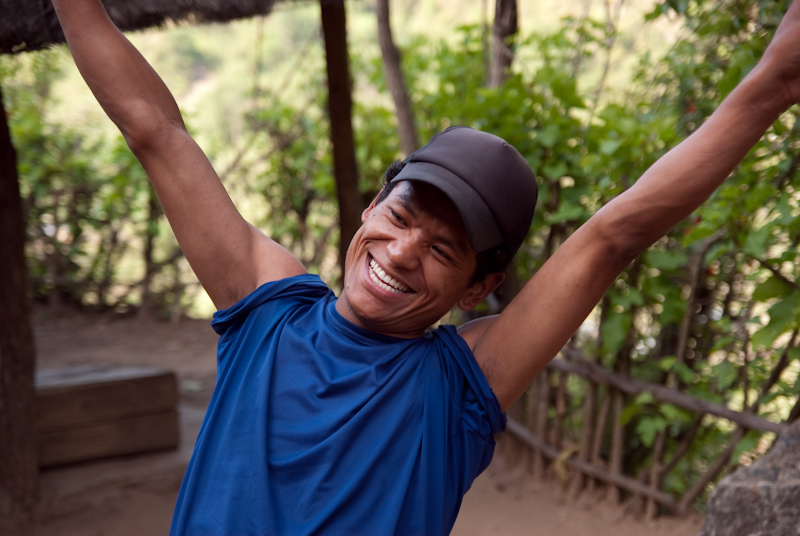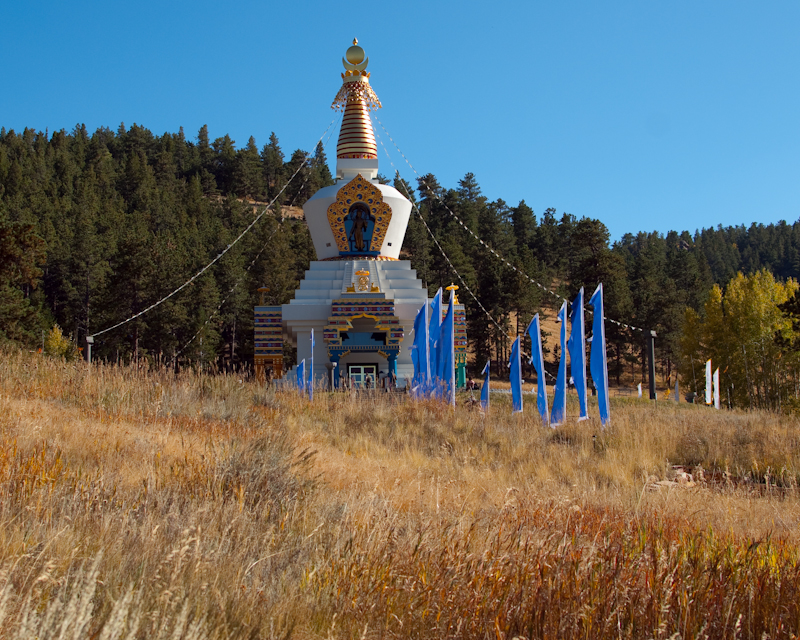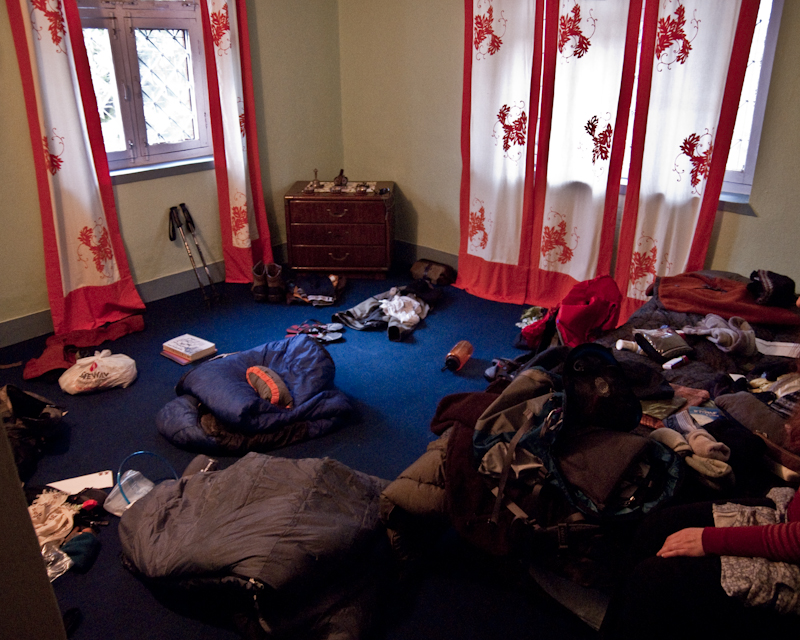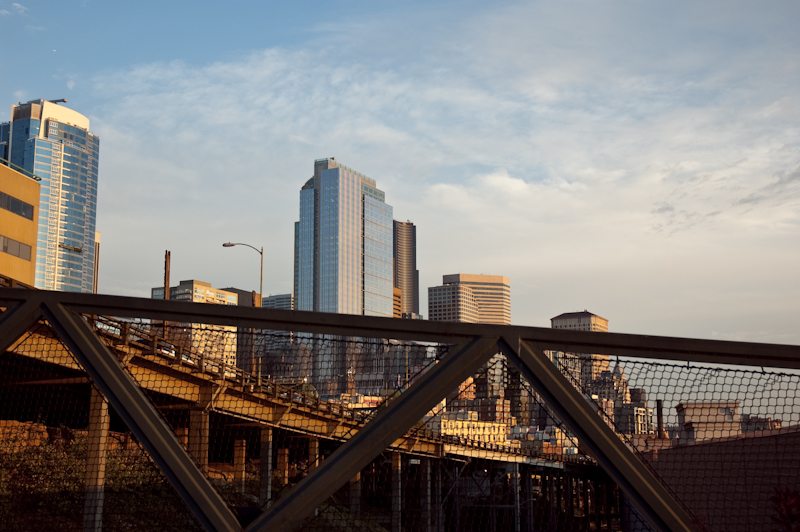
Every single thing you'll ever read about the shoes or boots that you take hiking will tell you that they should be well broken in prior to leaving. One thing they sometimes don't mention, is that you should do this breaking-in with the same type of socks that you plan to use on the trip. I know better than to switch up gear right before a trip, but I bought three pairs of new socks that night before the trip, knowing full well that REI brand socks haven't worked well for me in the past. Within the first hour of walking today I had ripped the skin off a quarter size blister on my right heel, and had a hot spot on my left heel. You can probably imagine how much I was looking forward to walking another 150 miles at this point.
This was the first real day of walking and we walked from Nadi Bazaar to Jagat (pronounced Zagat). I don't have the actual stats, but I would guess that it was somewhere around six miles of walking and a couple thousand feet of elevation gain and loss over the course of the day. Most of the walking was on roads, with some sections of new trail bypassing the road. Physically, it really wasn't bad except for the heat and humidity.
Along the way we were introduced to Pasang's bizarre definition of flat trail, which is anything but; I developed some stellar blisters; we saw some pretty cool stuff; I was introduced to momos (similar to potstickers), which I had for lunch pretty much every day for the rest of the trip; and had Dhal Bhat for dinner, again.
This day ended with probably my lowest point for the trip. I freely admit that I've got a bit of a germ thing. It's not an over the top, constantly wash my hands thing, but I'm definitely not a fan of germs. Bathrooms in Nepal generally aren't as clean or nice as they are in the US. Actually, most of them make gas station bathrooms look sparkly, but this one was beyond compare. Shower water had pooled in the bathroom above it and was dripping through the ceiling. There were no hooks or nails from which to hang a towel. Diarrhea was splattered on the walls and floor around the toilet. The water was cold. And water was pooling across the floor because of another non-functioning drain. Dara told me I wasn't allowed back in our room without taking a shower (as I hadn't had an opportunity to take one since leaving Colorado) so with all of my germ sensors screaming, I cringed and almost cried my way through a cold shower in that cold little corner of my personal hell.
To be clear, I didn't expect sanitation to be up to Western standards, and I even hesitate to post this. But nothing I read prior to the trip had led me to expect anything like this, and I feel that some sort of warning should be out there. Consider yourself warned, and disgusted.
[svgallery name="Nepal3"]


